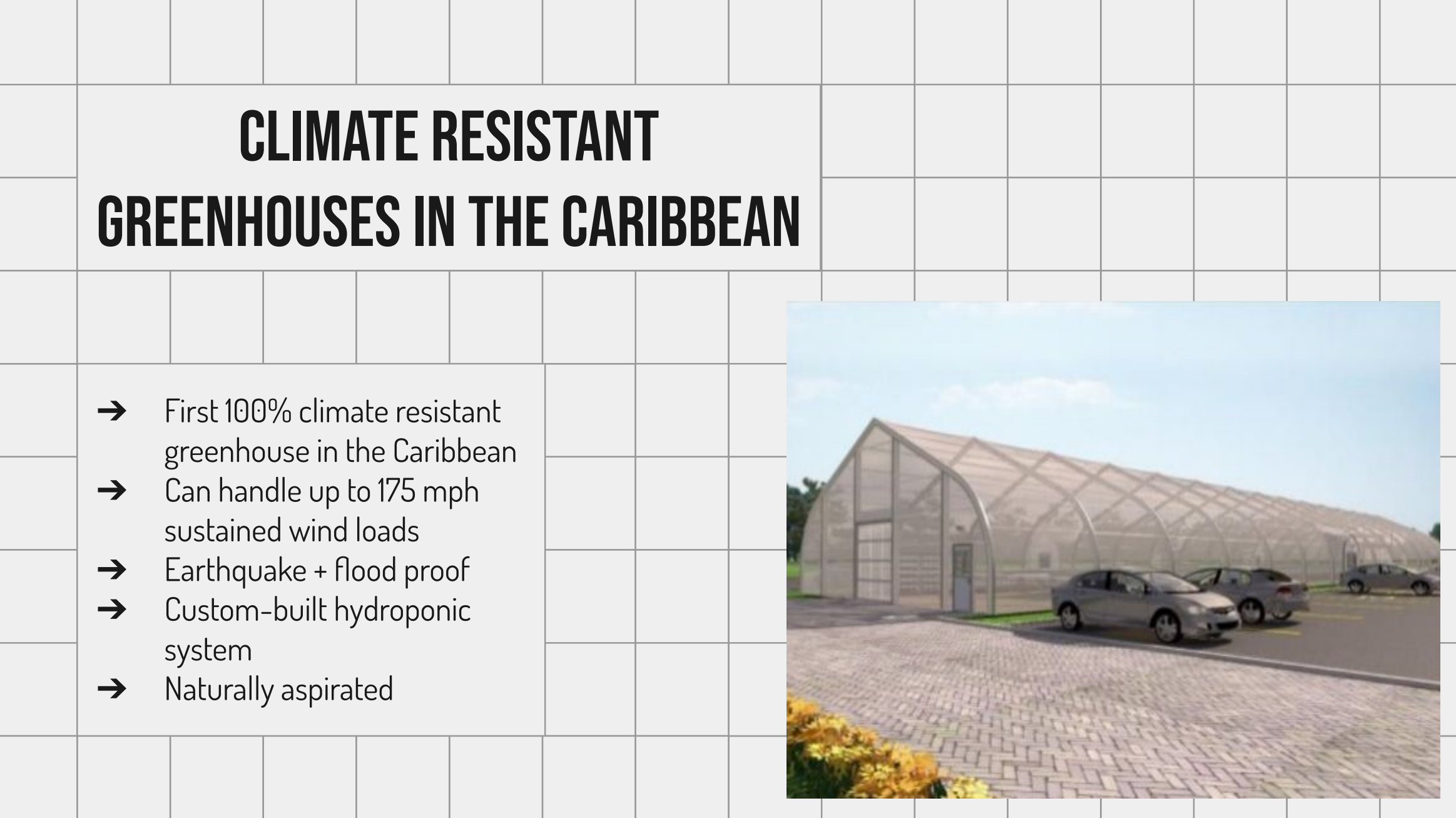
Guam
Preserving Traditional Medicine on Island Nations
Scroll ↓
Developing a Sustainable Solution for the Growth of Plants Used in Traditional Medicine
Through the Swanson School of Engineering at Pitt, I had the opportunity to travel to Guam for a two-week study abroad program called Engineering Sustainable Design and Innovation in Island Nations: Guam. The focus of the program was to combine cultural and technical visits in order to gain the insight to develop a solution to a real world problem on the island. The topic that my team and I focused on was the use of plants in traditional medicine. We wanted to develop a way to sustainably propagate rare and endangered plants that are used by local healers.
When we began our research, we found that a plant that was essential to the traditional medicine, paudedo. Paudedo is an endangered species that is mostly found in Ritidian, a protected land on the northern coast of Guam. At that time, healers had special access to this land in order to collect the plants they needed. But, the area will be closed due to new military developments, the region would no longer be accessible. My team had the goal of finding a new method for propagation and growth of plants like paudedo as well as potential land for this development
In order to develop a sustainable and realistic solution for this, we analyzed three case studies on other islands. We looked at the use of cover crops in other Pacific Islands, the use of extreme weather and climate resistant greenhouses in the Caribbean and the use of protective nurseries on San Nicolas Island, off the coast of Los Angeles. Each of these solutions was able to implemented on a small island that is comparable to Guam. In the case of cover crops, Guam is a Pacific Island itself, which provided a great merit to this solution. The climates and soil compositions of these islands are very similar to that of Guam. However, treating the plants used in traditional medicine as a crop does not align with the process the healers use. The climate resistant greenhouses used in the Caribbean would be a great solution for the propagation of endangered and rare plants. They could be initially grown in the greenhouse and then be transported to a permanent location. Unfortunately, these greenhouses are expensive and would not be able to widely implemented. Our final case study was on the use of seed farms and protective nurseries on San Nicolas. The nursery features the resources needed to propagate endangered plants, allowing for them to be transported to their more permanent homes.
We proposed the use of nurseries on the island in order to propagate paudedo and other endangered species. Nurseries like the one seen below on the left are already being implemented on the island. It has similar flood tables and shading that were described in the case study of San Nicholas, emphasizing the ability for this to be implemented for other plants on the island.
As the Ritidian land, as seen above on the left, is being developed for military use, new land must be found in order to grow these plants used in traditional medicine. We learned about the Hila’an property on the west coast of the island. This land is part of a proposed conservation project on the island. It is over 100 acres of forest, caves, historical sights, and cliff sides. This diverse land is ideal for the growth of plants used in traditional medicine, especially since paudedo currently grows on the cliff sides of the Ritidian.












